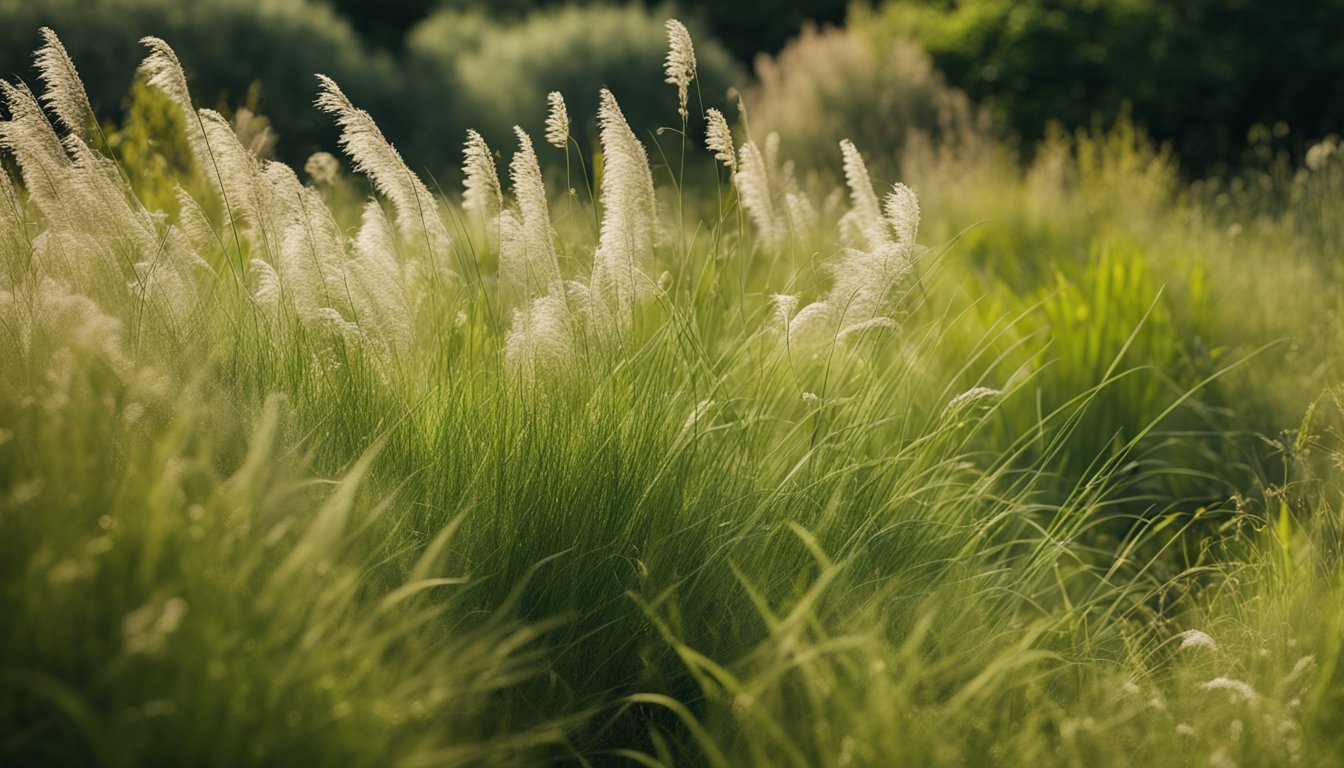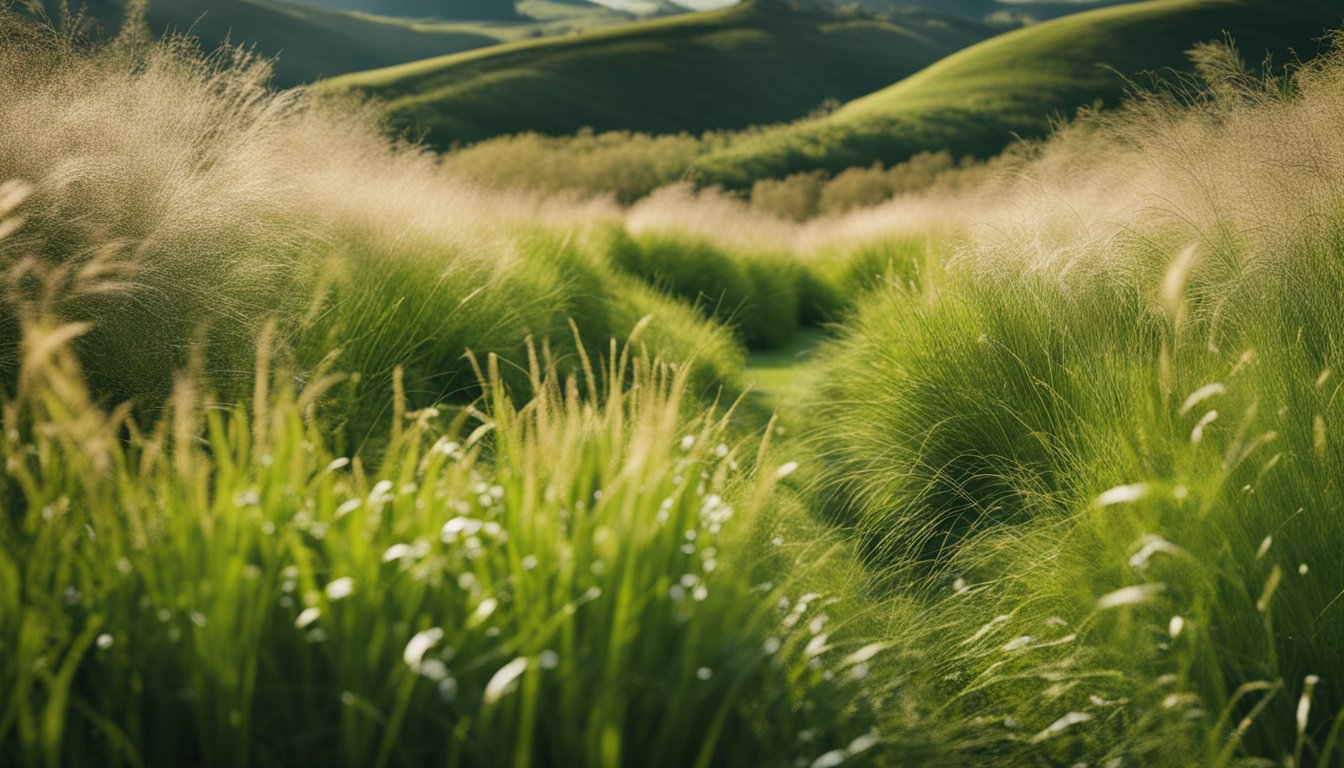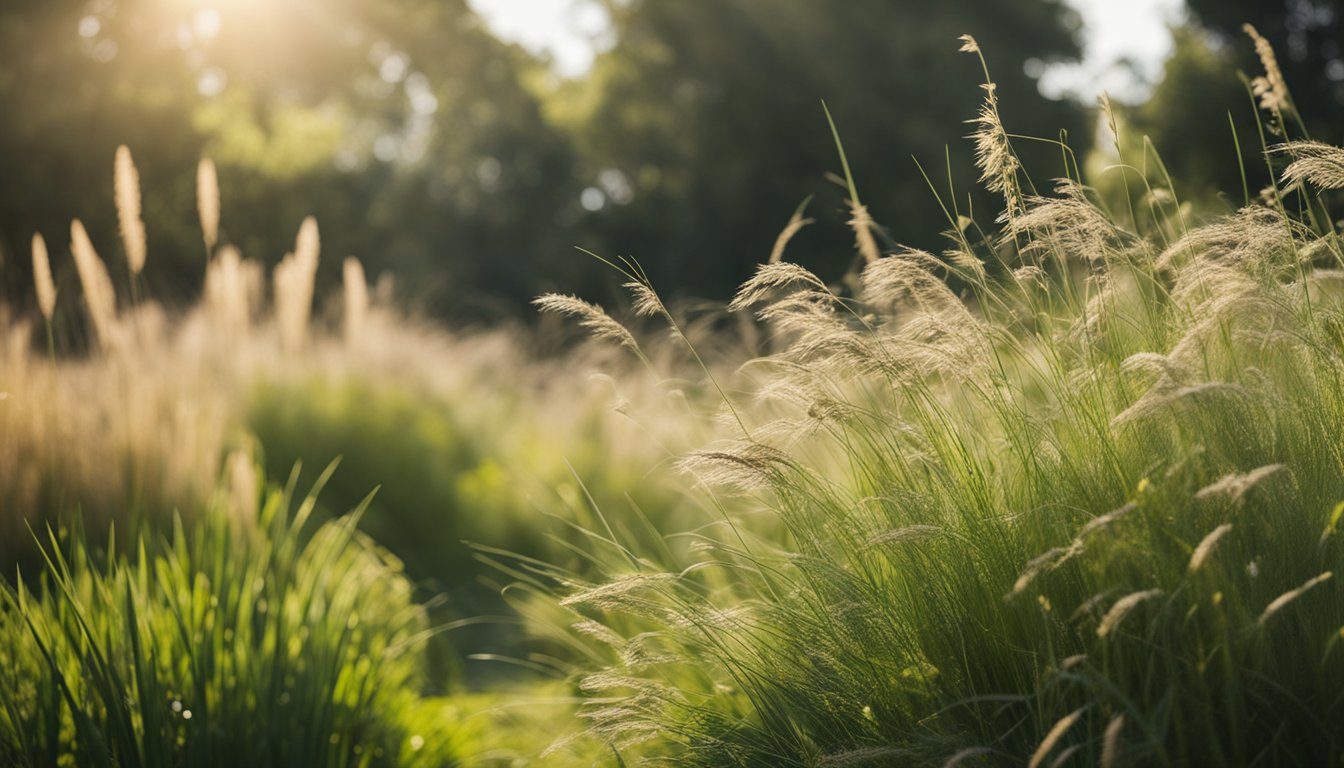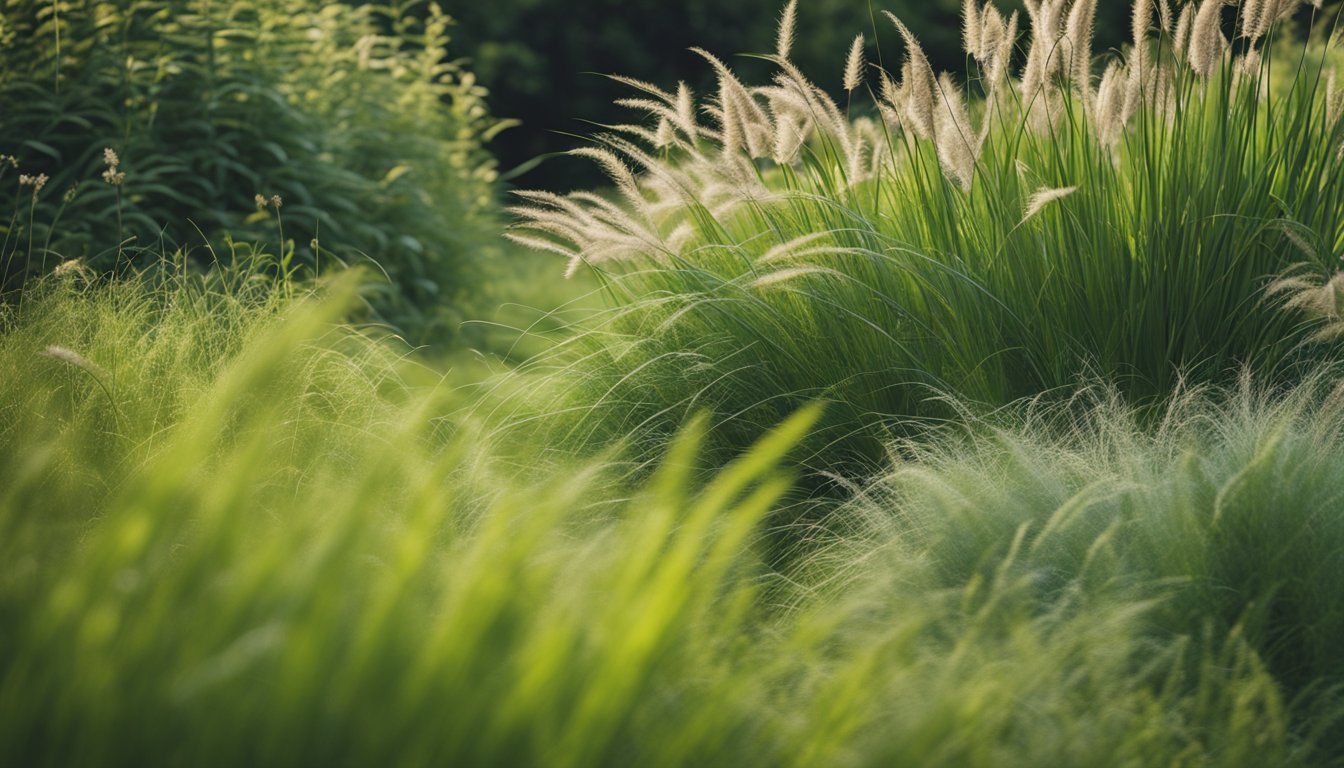Late updated: 16 Feb 2025 14:02
Written by: Emily Thornton
Native UK Grasses For Erosion Control: Enhance Your Garden's Stability
Incorporating natural elements into our gardens not only enhances aesthetics but also plays a vital role in maintaining the health of our environment. Native UK grasses are exceptional for erosion control, making them an ideal choice in preserving and enriching our garden landscapes. Their deep root systems not only stabilise the soil but also nurture biodiversity, supporting local flora and fauna.

In our quest to find solutions to combat soil erosion, native grasses stand out with their ability to anchor soil effectively. By choosing the right blend of these grasses, we can create vibrant and resilient gardens. This commitment not only protects our environment but also offers an opportunity to craft beautiful landscapes that thrive in harmony with our natural surroundings.
It's essential to understand the specific needs of our garden's environment. Selecting the appropriate native grasses that match our local conditions can transform our green spaces into robust ecosystems. This balance between biodiversity and soil health ensures we can enjoy sustainable gardens that protect against erosion.
Key Takeaways
- Native UK grasses effectively prevent soil erosion in gardens.
- Choosing the right grasses enhances soil stability and biodiversity.
- Understanding local conditions is key to a thriving garden ecosystem.
Understanding Soil Erosion and the Role of Native Grasses

Soil erosion affects garden health by removing topsoil and reducing the land's ability to retain nutrients and water. Native grasses provide effective solutions for soil stabilisation due to their deep root systems. Let's explore how erosion occurs and how these grasses help maintain soil structure and fertility.
Causes and Effects of Soil Erosion
Soil erosion occurs when natural elements like wind and water displace topsoil. In gardens, poor soil structure, unsuitable soil types, and heavy rainfall can accelerate this process. Erosion impacts the nutrient density and water retention abilities of the soil, leading to diminished plant health and productivity.
Climate factors such as heavy rain and wind exacerbate erosion, washing away essential topsoil. This reveals underlying subsoils, which are often less fertile. It's crucial for us to identify these causes in our gardens to implement effective control measures.
Benefits of Native Grasses for Soil Stability
Native grasses contribute significantly to soil stability due to their extensive root systems. These roots penetrate deeply and create a network that binds soil particles, reducing displacement from wind and water. This structure enhances the soil's ability to retain moisture, crucial for plant growth and health.
The use of native grasses also supports long-term soil health by increasing organic matter. Their foliage cushions the impact of raindrops, minimising surface erosion. By choosing grasses appropriate for our specific soil types and climates, we can effectively reduce erosion and maintain a healthy garden environment.
Selecting the Right Native Grasses for Your Garden

Choosing the best native grasses involves considering soil compatibility, enhancing biodiversity, and providing continuous visual appeal throughout the year. Native grasses like Blue Fescue and Deschampsia cespitosa can meet these needs and contribute to a sustainable garden ecosystem.
Grasses for Various Soil Types
Understanding your garden’s soil composition is essential. For well-drained soil, Blue Fescue (Festuca glauca) is a suitable option, thanks to its adaptability and striking blue colouration. For moist, more nutrient-rich conditions, consider Deschampsia cespitosa, known for forming clumps that provide excellent ground cover.
Marram Grass is ideal for sandy soils and offers robust erosion control. It's crucial to avoid invasive species, which can disturb local ecosystems. Native species naturally harmonise with existing conditions, promoting healthy soil and plant interactions.
Grasses for Biodiversity and Wildlife
Native grasses play a pivotal role in sustaining local wildlife and biodiversity. Harnessing these plants encourages an environment that supports pollinators, essential to maintaining ecological balance. Quaking Grass adds movement and visual interest, attracting beneficial insects.
Including a variety of grasses supports a more robust ecosystem. For example, Deschampsia cespitosa not only establishes ground cover but also provides habitat for insects and small birds. By selecting grasses that align with local biodiversity, we create supportive and thriving garden spaces.
Seasonal Considerations and Year-Round Interest
Creating a garden with year-round interest involves selecting grasses that offer both seasonal beauty and structural benefits. Grasses like Blue Fescue retain their striking appearance even during winter months. Deschampsia cespitosa, with its plumes, adds a soft texture visible in varied seasons.
For dynamic landscapes, mix deciduous and evergreen species. Consider how different grasses display their unique traits throughout the year. Lush greens in summer, golden hues in autumn, and resilient structures in winter all contribute to a garden that remains captivating in any season.
Frequently Asked Questions

When planning garden erosion control in the UK, native grasses offer effective solutions. These grasses not only stabilise soil but also add aesthetic value. Addressing common queries can help clarify the benefits and options available.
Which native perennial grasses are recommended for erosion control in United Kingdom gardens?
Among the top choices are Festuca ovina and Deschampsia cespitosa. These perennial grasses are well-adapted to the UK's climate and soil conditions, making them effective for erosion management.
What are the best native grass species for landscaping with a view to minimise erosion?
Typically, fine-leaved grasses such as Agrostis capillaris are ideal for landscaping aimed at reducing erosion. Their dense root systems bind the soil tightly, reducing runoff.
How do native grasses contribute to soil stability and erosion prevention in gardens?
Native grasses have extensive root networks that hold soil particles together. This natural anchoring helps prevent soil displacement during heavy rains, maintaining garden integrity.
Can ornamental grasses effectively prevent soil erosion in UK climates, and which species are most suitable?
Yes, ornamental grasses can be effective. Phalaris arundinacea and Molinia caerulea thrive in UK climates. They combine aesthetic appeal with functional soil retention.
Which indigenous UK grass varieties are ideal for planting on hillsides to combat erosion?
For hillsides, Elytrigia repens and Cynosurus cristatus are excellent as they adapt well to sloped terrains. Their robust roots stabilise the soil, minimising the risk of erosion.
In terms of erosion control, what advantages do native UK grasses offer over non-native species in garden environments?
Native UK grasses are better suited to local climates and soils, requiring less maintenance and water. They provide sustainable, long-term erosion control while promoting local biodiversity.
